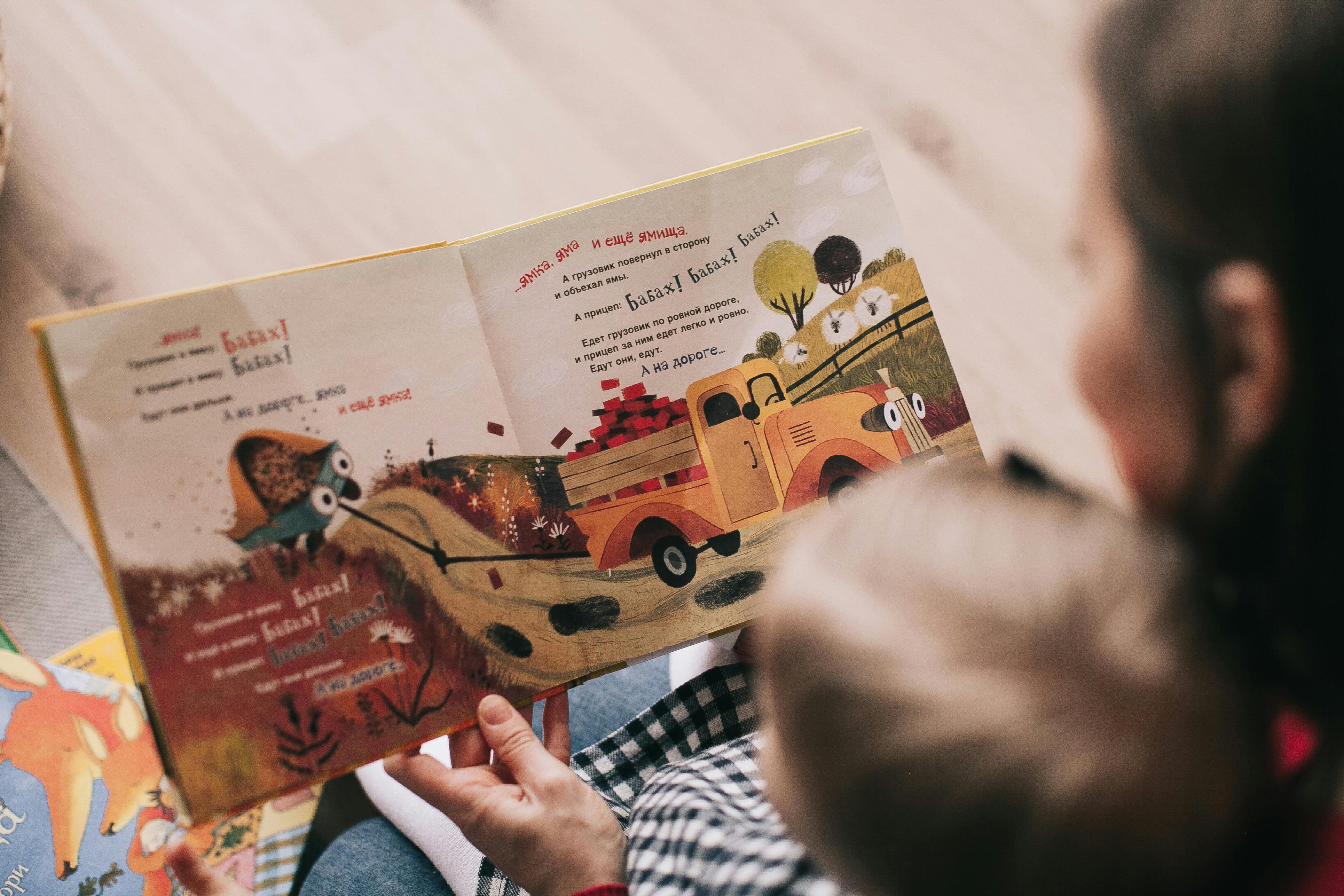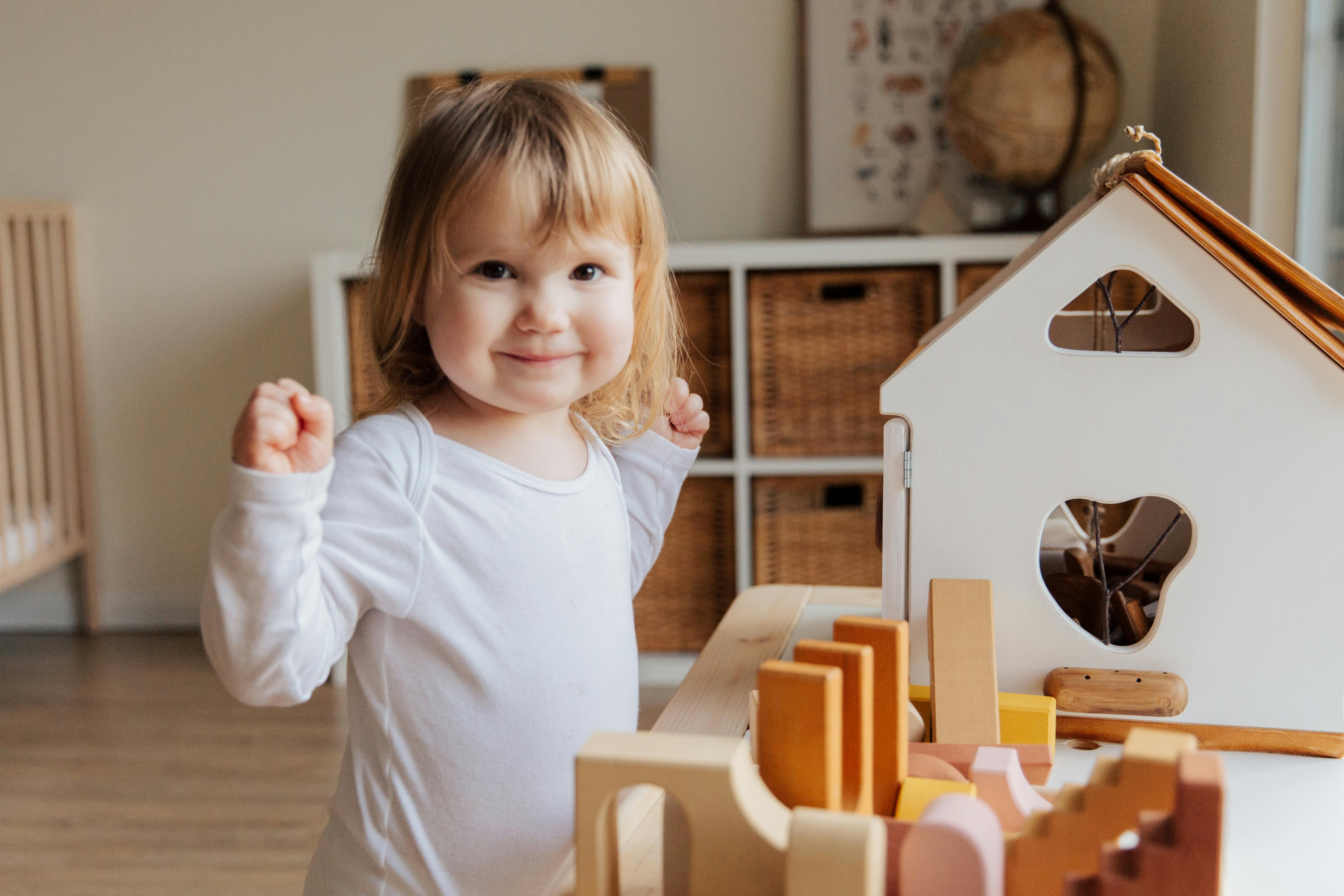Transitioning a baby to his or her own room can be a daunting task for parents. It can be difficult to know when the time is right and how to make the transition as smooth as possible. This guide will provide an overview of the steps involved in transitioning a baby to his or her own room, along with tips and advice on how to make the process easier.Preparing your baby for the transition to their own room can be an exciting time for both parent and child. Here are a few tips to make it easier:
1. Start by introducing your baby to their new room a few weeks before the transition. Let them explore the space and become familiar with their surroundings.
2. If possible, keep some of their favorite items in the room such as toys, blankets, and stuffed animals. This will help them feel comfortable in the new environment.
3. Try setting up a routine so that they know what to expect when it’s time for bed or naptime. This will help them adjust more easily to their new sleeping arrangement.
4. For younger babies, consider placing a nightlight in their room so that they don’t feel scared or alone during the night.
5. Spend time in the room with them so they know you’re close by if they need you during the night or early morning hours.
6. Lastly, don’t forget to praise your baby for making this big transition – they’ll feel encouraged and more confident in this new space!
Establishing a Bedtime Routine Before Moving Baby to Their Own Room
Establishing a bedtime routine is an important part of transitioning your baby to their own room. A consistent routine can help create a soothing atmosphere and help your little one relax before bed. It is important to start the routine early so that your baby gets used to the idea of sleeping in their own room. Here are some tips for establishing a bedtime routine before moving your baby to their own room:
First, set up a comfortable sleep space for your baby. Make sure the room temperature is comfortable and consider using blackout curtains if necessary. Create a calm atmosphere by keeping noise levels low, dimming the lights, and using white noise or calming music if desired.
Second, create a regular bedtime schedule that you can stick to each night. This should include bath time, reading stories, singing lullabies, and any other calming activities that can help prepare them for sleep. Allow plenty of time for your baby to wind down before tucking them in for the night.
Third, establish comforting rituals that you do with your baby each night before bedtime such as rocking them in their favorite chair or giving them a massage with lotion or oils. You may also want to give them an extra cuddle before saying goodnight or leaving the room.
Finally, stick to the same routine every night so that your little one knows what to expect and can feel comfortable in their new environment. It may take some time for them to get used to sleeping in their own room but with consistency and patience they will eventually adjust and be happy snuggled up in their own space at night.
Creating a Sleep Sanctuary for Baby in Their Own Room
Creating a sleep sanctuary for your baby in their own room is an important step in helping them get the restful sleep they need. It can be overwhelming to think about all the elements involved in setting up a room that is both safe and comfortable for your little one. Fortunately, there are some simple steps you can take to ensure that your baby’s bedroom is a place of peace and relaxation.
First, make sure that the room is dark and quiet enough for infant sleep. Blackout curtains or shades can help block out light, while white noise machines or fans can provide soothing background noise if needed. Investing in a quality mattress, such as one made from natural materials like wool and cotton, will also help give your baby the best night’s sleep possible. It’s also important to keep the temperature of the room at a comfortable level – not too hot or too cold – as extreme temperatures can disturb an infant’s sleep patterns.
When it comes to furniture, safety is key. Make sure all furniture pieces are securely attached to walls and floors so they don’t tip over or fall on your child if they climb on them. If you’re using a crib, make sure it meets current safety standards and is equipped with properly working latches and rails that allow you to easily adjust the height as your baby grows. Consider adding low-level lighting near the crib for nighttime feedings or diaper changes without having to turn on bright overhead lights.
Finally, create a calming atmosphere by decorating with soft colors like blues and greens, which can be soothing for infants (and adults!). Add some cozy pillows or stuffed animals for comfort, and hang artwork or photographs of family members near the crib so your little one feels secure when sleeping alone in their own room. With these tips, you’ll be well on your way to creating a peaceful sleeping sanctuary for your little one!
Decorating the Room to Make it Welcoming and Comfortable
Creating a welcoming and comfortable atmosphere in your home is essential for relaxation. Decorating the room can be an enjoyable and rewarding experience, as it helps to create a space that reflects your personal style and taste. Here are some tips for decorating the room to make it inviting and comfortable:
First, consider the color scheme of the room. Neutral colors like white, beige, or light gray can help create a calming environment. You can also add pops of color with accent pieces such as artwork, pillows, or rugs. Pay close attention to the lighting in the room as well; natural light is best for creating a cozy atmosphere.
Next, choose furniture pieces that are both aesthetically appealing and functional. Consider items that are multipurpose, such as ottomans or storage benches that can double as seating or extra storage space. Choose materials that are comfortable and inviting such as plush fabrics or natural materials like wood or rattan.
Finally, don’t forget to accessorize! Add plants for greenery and life to the room. Layer throws and pillows on couches and beds to add texture and interest. Hang artwork on walls that reflects your style and personality – this will help make your space your own!
With these tips, you can easily create a welcoming and comfortable atmosphere in your home by decorating your room. Enjoy finding pieces that reflect your style while making it both inviting and functional!
Introducing Your Baby to Their Own Room Before Moving In
Moving your baby into their own room can be an exciting milestone, but it can also be a bit overwhelming for both you and your little one. To help everyone adjust, it’s important to introduce your baby to their new room before they actually move in. Doing so will help your baby feel more comfortable and secure in their new space. Here are some tips for introducing your baby to their own room before moving in.
Start by spending some time in the room with them while they’re still living in your bedroom. Take a few toys or favorite books and spend some quality time playing together. Reading stories or singing songs can help create positive associations with the new space, so be sure to do this regularly.
You can also start decorating the room with wall decorations, stuffed animals, and other items that make the space feel more welcoming. This will give your baby something familiar to connect with when they eventually move into the room.
When you’re ready to move your little one into their own space, take it slow and try not to overwhelm them all at once. Start by setting up just a few of their favorite things, like their crib and a few toys or books so that they have something familiar around them while they explore their new surroundings.
Finally, don’t forget to spend plenty of time with them in their new room after you move them in. Play games together, read stories together, and just get used to being together in that space until it becomes second nature for both you and your baby.

Making the Transition Gradual and Gentle
The process of transitioning from one lifestyle to another can be daunting, but it doesn’t have to be. It is important to make the transition gradual and gentle in order to make it easier on yourself. Taking small steps in the right direction can help you move forward without feeling overwhelmed or discouraged. Here are some tips for making the transition smoother:
Start by setting realistic goals for yourself. This will help you create a plan for how you want to make the transition and will help you stay on track. Make sure that your goals are achievable and that they are not too ambitious or unrealistic.
It is also important to be patient with yourself and give yourself plenty of time to adjust. Don’t rush into anything or try to do too much at once. Take your time and allow yourself time to adapt, as this will make the transition less stressful for you in the long run.
Another useful tip is to find ways to make the process enjoyable. Find activities that help you relax and unwind, such as listening to music, reading books, or going for a walk in nature. These activities can help take your mind off of any stress or anxiety associated with making major changes in your life.
Finally, it is important to remember that change can be difficult but it can also be rewarding and fulfilling when done correctly. Don’t let fear or uncertainty stop you from taking steps towards achieving your goals – take it one step at a time and trust that it will all work out in the end!
Creating a Favourable Sleeping Environment in the Baby’s Room
Creating the perfect sleeping environment for your baby is important for both their physical and mental well-being. A comfortable and safe sleeping environment will help your baby sleep through the night, allowing them to get the restful sleep they need. Here are some tips on how to create a favourable sleeping environment in your baby’s room.
The first step is to create a dark and quiet space. Blackout curtains or blinds can help keep the room dark, preventing light from disturbing your baby’s sleep. Consider white noise machines or other soundproofing materials such as foam padding to keep outside noises from entering the room.
The second step is to make sure the temperature in the room is comfortable for your baby. The ideal temperature range for babies is between 65-70 degrees Fahrenheit (18-21 degrees Celsius). Also, be sure to dress your baby in appropriate sleepwear that will keep them warm and comfortable throughout the night.
The third step is to create a comfortable sleeping surface for your baby. A firm mattress with tight-fitting sheets is best for babies up to 12 months old, as this helps protect against SIDS (Sudden Infant Death Syndrome). Make sure there are no pillows, blankets, or stuffed animals in the crib as these can be a suffocation hazard.
Finally, you can add some gentle lighting and calming music to create an inviting atmosphere. Soft lighting can help soothe your baby before bedtime, while calming music can help lull them off into a peaceful sleep. Additionally, you can also add some soothing toys or decorations that will help make their bedroom feel like home.
By following these steps you should be able to create a favourable sleeping environment in your baby’s room that will help promote healthy sleep habits and ensure their safety throughout the night.
Helping Your Baby Feel Secure in Their New Room
Making sure your baby feels secure and comfortable in their new room is important for their development and growth. It’s essential that parents create an environment that feels safe and secure for their little one. Here are some tips to help make your baby’s transition to the new room as smooth as possible:
Create a Cozy Space
Creating a warm, cozy space for your baby to sleep and play is key. You can do this by adding familiar items such as stuffed animals, a night light, or a favorite blanket. This will help them feel comfortable and relaxed in the new room. The room should also be clutter-free with plenty of open space for playing and exploring.
Make Sure They Feel Connected
It’s important that your baby still feels connected to you while they’re in their new room. Try spending time with them every day, reading stories together or just talking about their day. This will help them feel like they are still part of the family even when they are away from you in a different room. You can also give them something of yours to hold onto like a special toy or piece of jewelry so that they were reminded of you even when you’re apart.
Establish Routines
Establishing routines is important for babies so that they know what to expect each day and can rely on consistency from their caregivers. A routine can include activities such as reading stories, singing songs, or playing games before bedtime which will help your baby relax and feel secure in the new environment.
Making sure your baby feels safe and secure in their new room is essential for healthy development and growth. With these tips, you can create an environment that will help make the transition smoother so that your little one can settle into their new space with ease.

Conclusion
The transition to their own room can be a difficult one for both baby and parent. The best way to ensure that the transition is successful is to start early, make the room comfortable for your baby, and create a safe and secure sleeping environment. Establishing a consistent bedtime routine and using positive reinforcement when your baby is in their own room are key to making the transition smooth. Be sure to check in on your baby often and offer reassurance when needed.
With care and patience, transitioning your baby to their own room can be a positive experience for both of you. Providing plenty of love, affection, comfort, and security will help them feel safe in their new space. This will not only help your child get used to their own room quickly but also foster healthy sleep habits for years to come.
By following these steps, you’ll be able to successfully transition your baby into their own room and provide them with the best environment possible for getting restful sleep.




